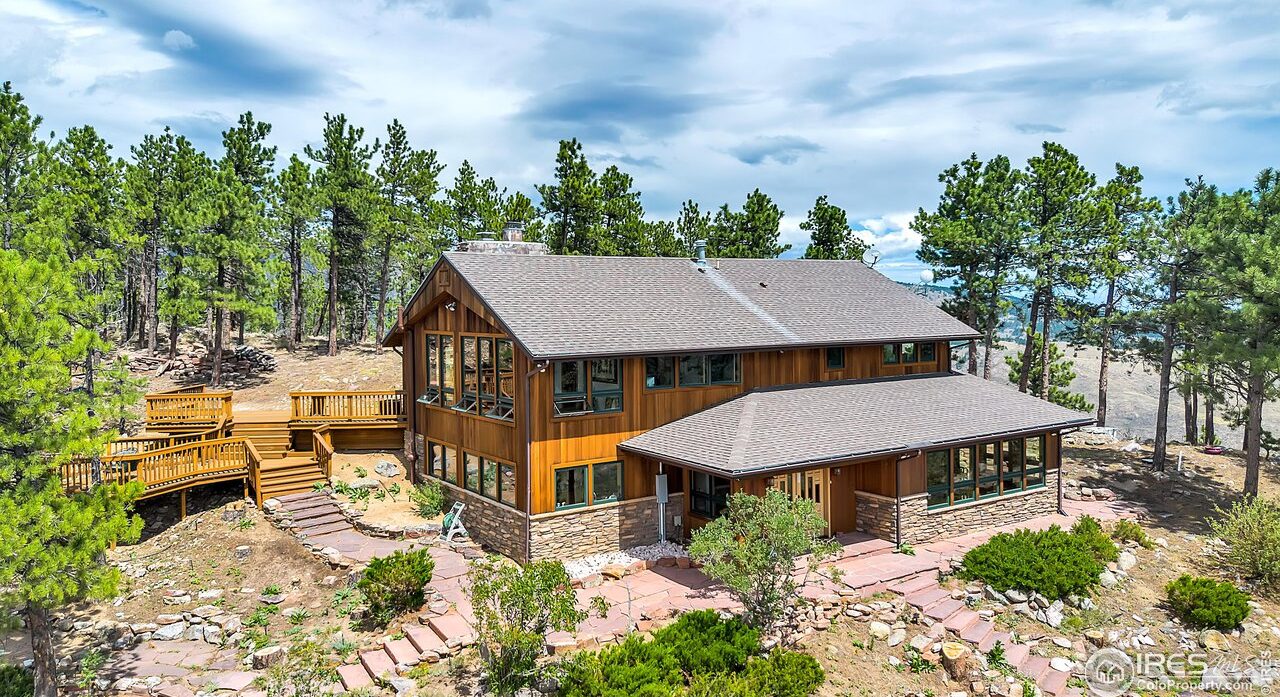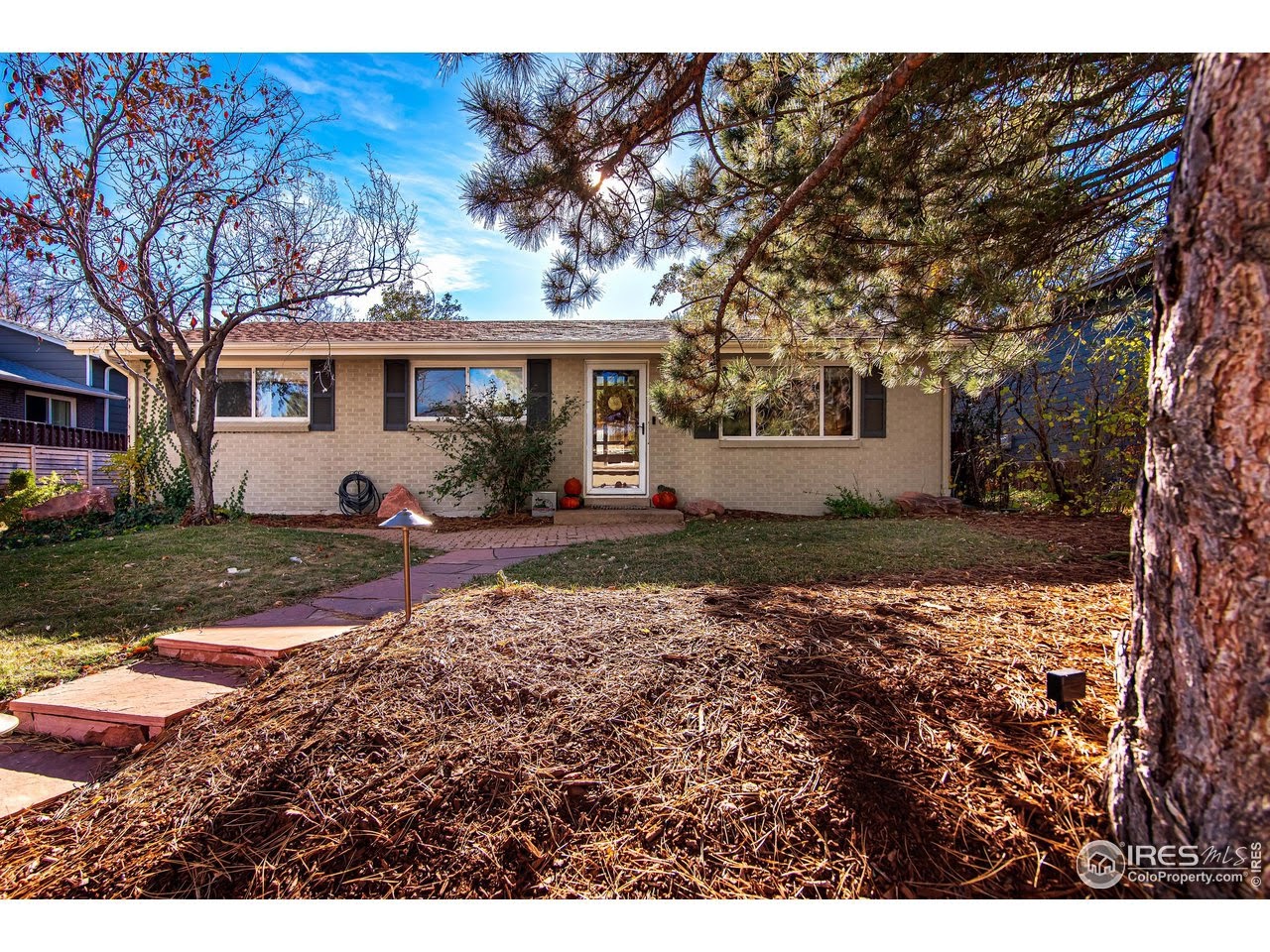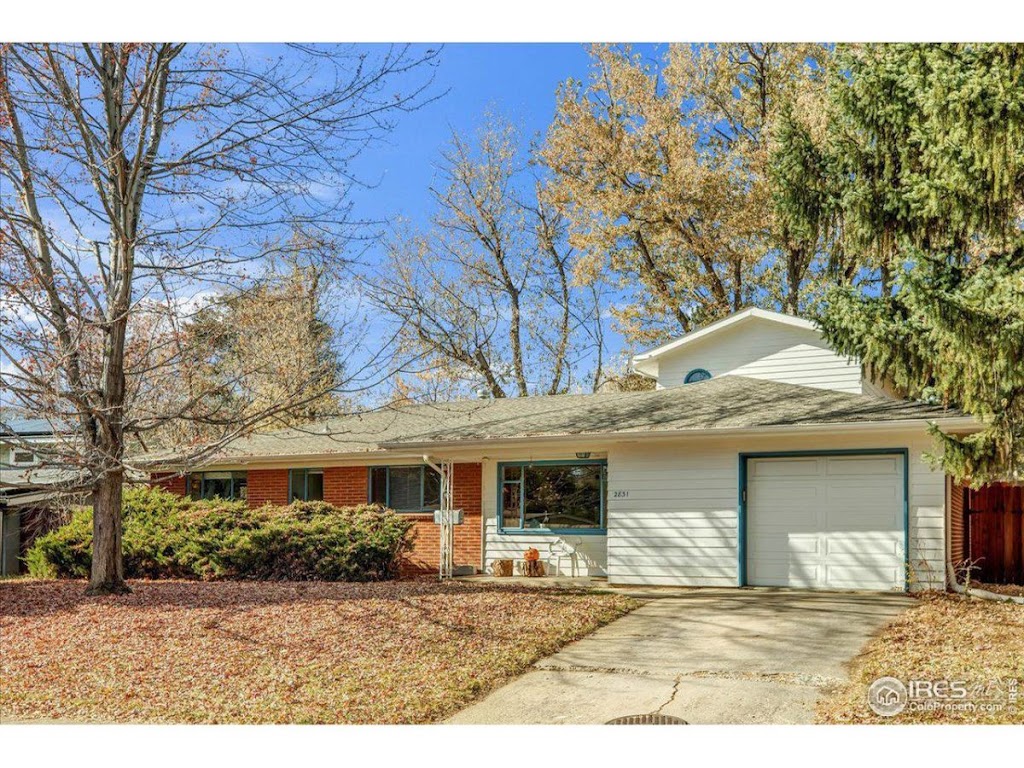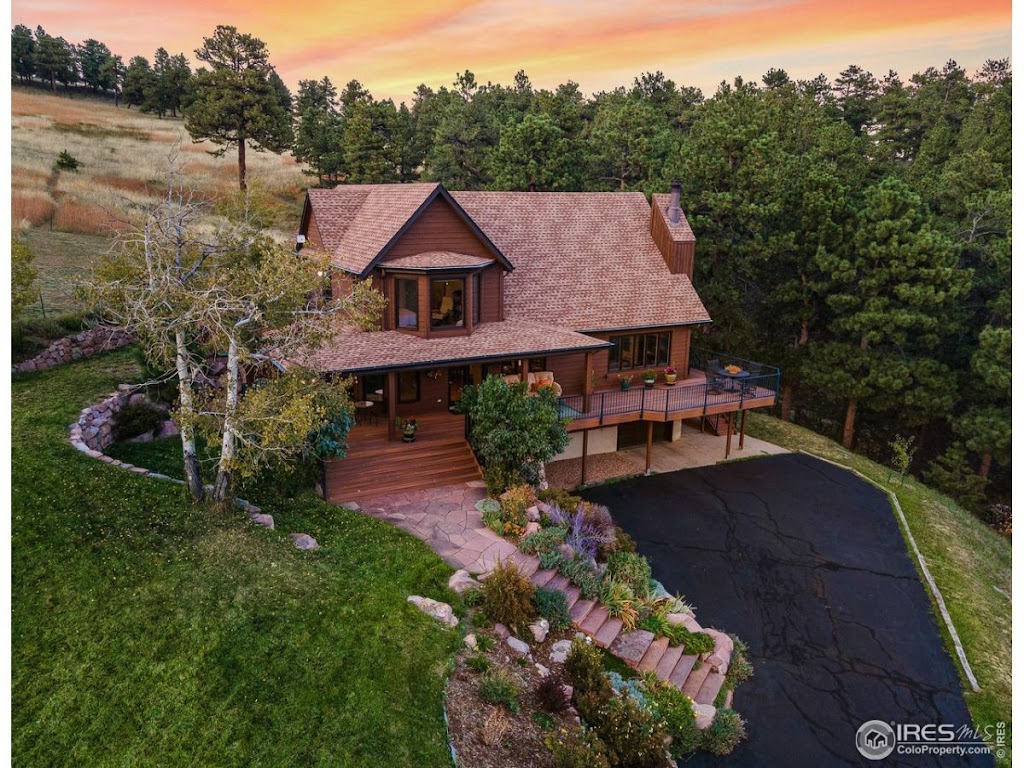Black Gold?
by Osman Parvez
 With rising energy prices predicted in the future, perhaps you’ve entertained the notion of turning the oil and gas buried in the ground below your property into royalty checks ‘ala Beverly Hillbillies’ Jed Clampett.
With rising energy prices predicted in the future, perhaps you’ve entertained the notion of turning the oil and gas buried in the ground below your property into royalty checks ‘ala Beverly Hillbillies’ Jed Clampett.
Not to dash your daydreams, but like most western states, Colorado has separate ownership of underlying minerals and surface real estate. Somebody else very likely owns the oil and gas.
Kidding aside, where this has real impact is when it comes time to buy or sell property in Colorado. Title searches may turn up leases or other records that indicate ownership to the minerals below the property. The owners also have certain rights to extract those minerals and, surprise surprise, “reasonable use” of the surface is allowed by law (with restrictions).
With the preciousness of energy resources, some property owners face the possibility of someday having pumping equipment in their backyard. So if you’re a potential buyer, depending on the type of property, you may be right to worry whether Junior’s play set may someday be replaced by a wellhead.
The good news is that for most residential property, particularly real estate in high density suburban developments within city limits, it’s not that easy for the mineral rights owners to install oil equipment in close proximity to your residential property.
From the Colorado Oil and Gas Conservation Commission (COGCC) website:
An example of COGCC rules enacted to protect public health, safety and welfare are the “high density rules” that apply significant restrictions on oil and gas development in areas where there is dense surface residential development on 2 acre or less equivalent lot sizes. In some cases these rules essentially preclude new oil and gas development because of safety concerns.
Pg. 63 to 66, section 603 of the complete rules is particularly important to review as it details setbacks for buildings and high density areas. I recommend reading the entire section, but I’ve quoted below what appears to be the relevant sections:
603. DRILLING AND WELL SERVICING OPERATIONS AND HIGH DENSITY AREA RULES
a. Statewide setbacks. Subparagraph (1) below shall apply to all areas of the state except as provided under subparagraphs b. and e. of this rule. Subparagraph (2) below shall apply to all areas of the state.
(1) At the time of initial drilling of the well, the wellhead shall be located a distance of one hundred fifty (150) feet or one and one-half (1-1/2) times the height of the derrick, whichever is greater, from any occupied building, public road, major above ground utility line or railroad.
(2) A well shall be a minimum distance of one hundred fifty (150) feet from a surface property line. An exception may be granted by the Director if it is not feasible for the operator to meet this minimum distance
requirement and a waiver is obtained from the offset surface owner(s). An exception request letter stating the reasons for the exception shall be submitted to the Director and accompanied by a signed waiver(s) from the offset surface owner(s). Such waiver shall be written and filed in the county clerk and recorder’s office and with the Director.
b. High density area rules for building units. A high density area shall be determined at the time the well is permitted on a well-by-well basis by calculating the number of occupied building units within the seventy-two (72) acrearea defined by a one thousand (1000) foot radius from the wellhead or production facility. If thirty-six (36) or more actual or platted building units (as defined in the 100 Series rules) are within the one thousand (1000) foot radius or eighteen (18) or more building units are within any semi-circle of the one thousand (1000) foot radius (i.e., an average density of one (1) building unit per two (2) acres), it shall be deemed a high density area. If platted building units are used to determine the density, then fifty percent (50%) of said platted units shall have building units under construction or constructed.
Here’s where the rubber really meets the road.
If you have a property under contract and the title insurance commitment includes exceptions to specific oil/gas leases or other subsurface mineral rights, you may want to ask your agent to submit an amend & extend for more time to review the title documents.
We aren’t lawyers and this isn’t legal advice, so If you’re considering the purchase of property where the mineral rights are of concern we recommend you contact your attorney.
Additional reading:
Here’s an interesting and somewhat scary article about what can go wrong.
Here’s further information about “the facts” from the Colorado Oil and Gas Association.
—-
Want to get blog updates via email? Click HERE.
Ready to buy or sell? Schedule an appointment or call 303.746.6896.
You can also like our Facebook page or follow us on Twitter.
As always, your referrals are deeply appreciated.
—
The ideas and strategies described in this blog are the opinion of the writer and subject to business, economic, and competitive uncertainties. We strongly recommend conducting rigorous due diligence and obtaining professional advice before buying or selling real estate.
Black Gold?
by Osman Parvez
 With rising energy prices predicted in the future, perhaps you’ve entertained the notion of turning the oil and gas buried in the ground below your property into royalty checks ‘ala Beverly Hillbillies’ Jed Clampett.
With rising energy prices predicted in the future, perhaps you’ve entertained the notion of turning the oil and gas buried in the ground below your property into royalty checks ‘ala Beverly Hillbillies’ Jed Clampett.
Not to dash your daydreams, but like most western states, Colorado has separate ownership of underlying minerals and surface real estate. Somebody else very likely owns the oil and gas.
Kidding aside, where this has real impact is when it comes time to buy or sell property in Colorado. Title searches may turn up leases or other records that indicate ownership to the minerals below the property. The owners also have certain rights to extract those minerals and, surprise surprise, “reasonable use” of the surface is allowed by law (with restrictions).
With the preciousness of energy resources, some property owners face the possibility of someday having pumping equipment in their backyard. So if you’re a potential buyer, depending on the type of property, you may be right to worry whether Junior’s play set may someday be replaced by a wellhead.
The good news is that for most residential property, particularly real estate in high density suburban developments within city limits, it’s not that easy for the mineral rights owners to install oil equipment in close proximity to your residential property.
From the Colorado Oil and Gas Conservation Commission (COGCC) website:
An example of COGCC rules enacted to protect public health, safety and welfare are the “high density rules” that apply significant restrictions on oil and gas development in areas where there is dense surface residential development on 2 acre or less equivalent lot sizes. In some cases these rules essentially preclude new oil and gas development because of safety concerns.
Pg. 63 to 66, section 603 of the complete rules is particularly important to review as it details setbacks for buildings and high density areas. I recommend reading the entire section, but I’ve quoted below what appears to be the relevant sections:
603. DRILLING AND WELL SERVICING OPERATIONS AND HIGH DENSITY AREA RULES
a. Statewide setbacks. Subparagraph (1) below shall apply to all areas of the state except as provided under subparagraphs b. and e. of this rule. Subparagraph (2) below shall apply to all areas of the state.
(1) At the time of initial drilling of the well, the wellhead shall be located a distance of one hundred fifty (150) feet or one and one-half (1-1/2) times the height of the derrick, whichever is greater, from any occupied building, public road, major above ground utility line or railroad.
(2) A well shall be a minimum distance of one hundred fifty (150) feet from a surface property line. An exception may be granted by the Director if it is not feasible for the operator to meet this minimum distance
requirement and a waiver is obtained from the offset surface owner(s). An exception request letter stating the reasons for the exception shall be submitted to the Director and accompanied by a signed waiver(s) from the offset surface owner(s). Such waiver shall be written and filed in the county clerk and recorder’s office and with the Director.
b. High density area rules for building units. A high density area shall be determined at the time the well is permitted on a well-by-well basis by calculating the number of occupied building units within the seventy-two (72) acrearea defined by a one thousand (1000) foot radius from the wellhead or production facility. If thirty-six (36) or more actual or platted building units (as defined in the 100 Series rules) are within the one thousand (1000) foot radius or eighteen (18) or more building units are within any semi-circle of the one thousand (1000) foot radius (i.e., an average density of one (1) building unit per two (2) acres), it shall be deemed a high density area. If platted building units are used to determine the density, then fifty percent (50%) of said platted units shall have building units under construction or constructed.
Here’s where the rubber really meets the road.
If you have a property under contract and the title insurance commitment includes exceptions to specific oil/gas leases or other subsurface mineral rights, you may want to ask your agent to submit an amend & extend for more time to review the title documents.
We aren’t lawyers and this isn’t legal advice, so If you’re considering the purchase of property where the mineral rights are of concern we recommend you contact your attorney.
Additional reading:
Here’s an interesting and somewhat scary article about what can go wrong.
Here’s further information about “the facts” from the Colorado Oil and Gas Association.
—-
Want to get blog updates via email? Click HERE.
Ready to buy or sell? Schedule an appointment or call 303.746.6896.
You can also like our Facebook page or follow us on Twitter.
As always, your referrals are deeply appreciated.
—
The ideas and strategies described in this blog are the opinion of the writer and subject to business, economic, and competitive uncertainties. We strongly recommend conducting rigorous due diligence and obtaining professional advice before buying or selling real estate.
Share This Listing!
More about the author
Osman Parvez
Owner & Broker at House Einstein as well as primary author of the House Einstein blog with over 1,200 published articles about Boulder real estate. His work has appeared in the Wall Street Journal and Daily Camera.
Osman is the primary author of the House Einstein blog with over 1,200 published articles about Boulder real estate. His work has also appeared in many other blogs about Boulder as well as mainstream newspapers, including the Wall Street Journal and Daily Camera. Learn more about Osman.
Work with
House Einstein
Thinking about buying or selling and want professional advice?
Call us at 303.746.6896
Your referrals are deeply appreciated.












